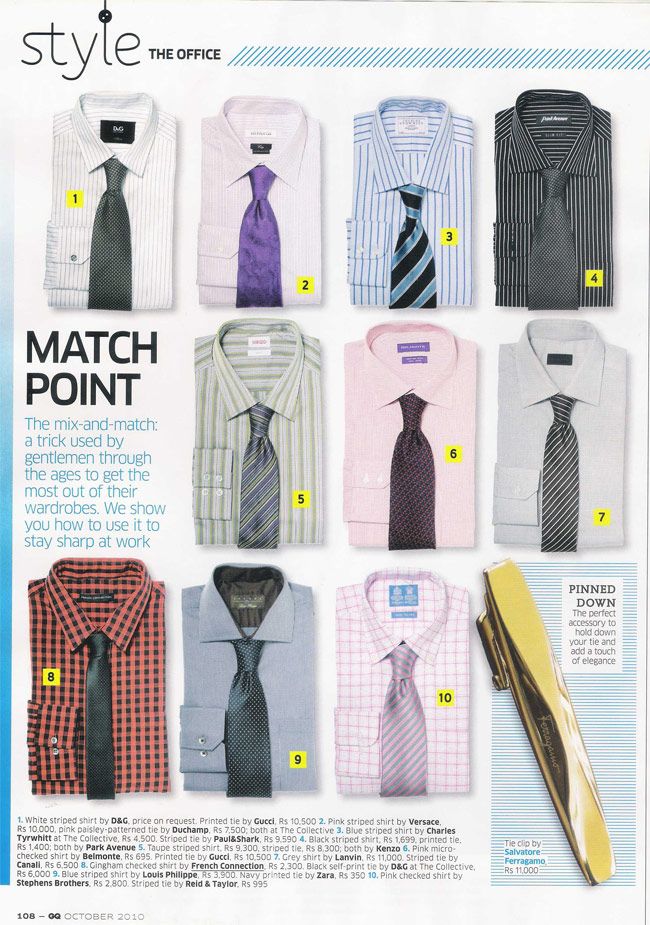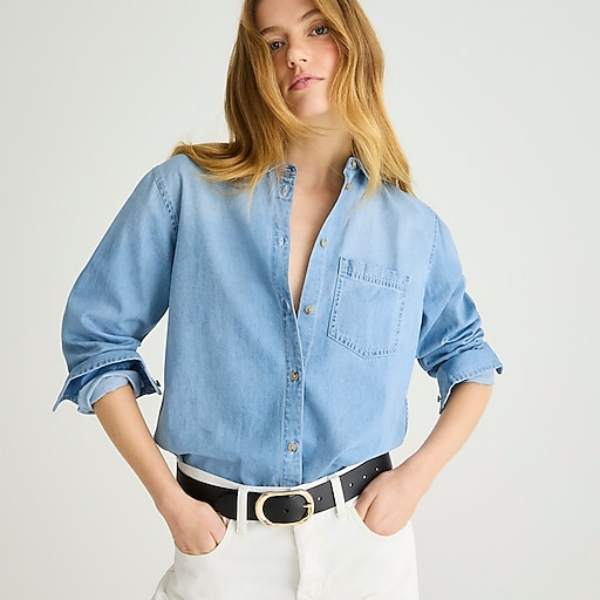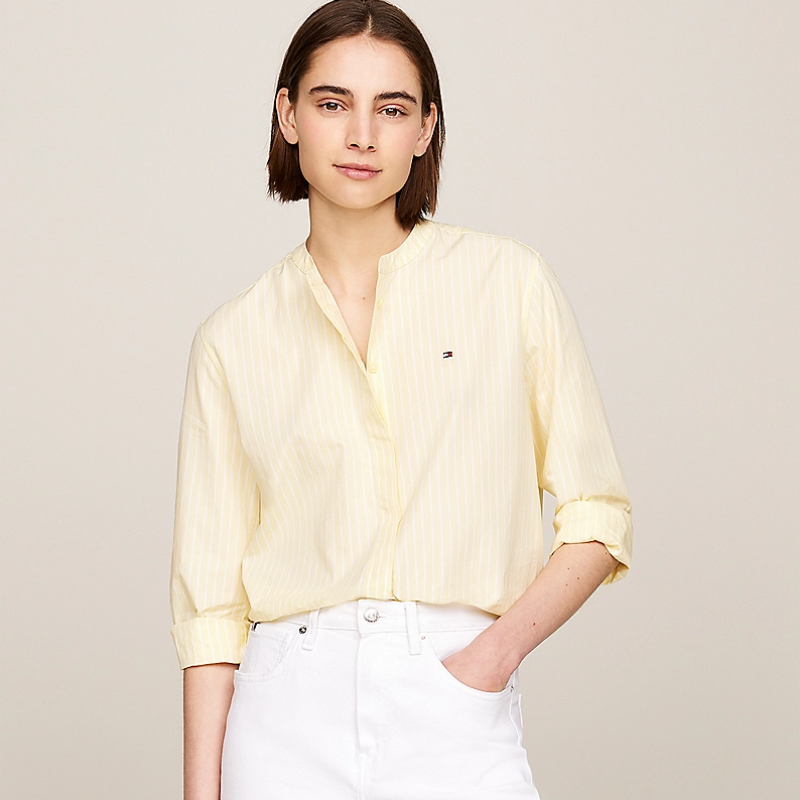
In the realm of sartorial elegance, few elements hold the power to elevate an ensemble quite like the harmonious pairing of a tie and shirt. A well-chosen tie can transform a simple shirt into a statement piece, adding a touch of refinement and personal style to any outfit. However, navigating the intricacies of tie and shirt coordination can be a daunting task, especially for those new to the art of sartorial finesse. Fear not, for this comprehensive guide will equip you with the knowledge and confidence to master the art of tie and shirt matching, ensuring you always present a polished and impeccably coordinated appearance.
Contents [hide]
- 1 Understanding the Basics: Color Theory and Pattern Coordination
- 2 Pattern Coordination: A Dance of Visual Harmony
- 3 Matching Solid Ties with Solid Shirts: A Classic Approach
- 4 Matching Patterned Ties with Solid Shirts: Adding Visual Interest
- 5 Matching Patterned Ties with Patterned Shirts: Creating a Statement
- 6 Considerations for Specific Shirt Styles: Tailoring Your Choice
- 7 Additional Tips for Tie and Shirt Matching: Elevating Your Look
- 8 Common Mistakes to Avoid: Maintaining a Polished Image
Understanding the Basics: Color Theory and Pattern Coordination
Before delving into the world of tie and shirt combinations, it’s essential to grasp the fundamental principles of color theory and pattern coordination. These guiding principles will serve as your compass, steering you towards harmonious ensembles that exude sophistication and style.
Color Theory: A Symphony of Hues
Color theory provides a framework for understanding how colors interact and influence one another. The color wheel, a circular diagram depicting the primary, secondary, and tertiary colors, serves as a visual guide to color relationships.
-
Complementary Colors: Colors situated directly opposite each other on the color wheel, such as red and green or blue and yellow, create a striking contrast when paired together. This bold combination is ideal for making a statement and adding a touch of vibrancy to an outfit.
-
Analogous Colors: Colors that sit adjacent to each other on the color wheel, such as blue, blue-green, and green, create a harmonious and cohesive look. This combination is particularly well-suited for formal occasions and professional settings.
-
Triadic Colors: Colors that form an equilateral triangle on the color wheel, such as red, yellow, and blue, offer a dynamic and balanced interplay of hues. This combination is ideal for adding visual interest and complexity to an ensemble.

Pattern Coordination: A Dance of Visual Harmony
When matching patterns, the key lies in striking a balance between visual interest and harmony. Avoid overwhelming the outfit by pairing patterns of similar scale or complexity. Instead, consider contrasting scales or patterns to create a dynamic and visually appealing combination.
-
Solid Ties with Patterned Shirts: A solid-colored tie provides a clean and understated backdrop for a patterned shirt, allowing the pattern to take center stage. Choose a tie color that complements or contrasts with the dominant color in the shirt’s pattern.
-
Patterned Ties with Solid Shirts: A patterned tie can add a touch of personality and flair to a solid-colored shirt. Select a tie with a pattern that complements the shirt’s color and style, ensuring the scale of the pattern doesn’t overwhelm the solid color.
Matching Solid Ties with Solid Shirts: A Classic Approach
The pairing of a solid-colored tie with a solid-colored shirt is a sartorial staple, offering a timeless and versatile foundation for various ensembles. By understanding the nuances of color theory, you can elevate this classic combination to new heights of sophistication.
-
Complementary Colors: For a bold and eye-catching contrast, choose a tie in a color that is complementary to the shirt color on the color wheel. To temper the contrast, opt for a darker or lighter shade of the complementary color.
-
Analogous Colors: For a harmonious and coordinated look, select a tie in a color that is analogous to the shirt color on the color wheel. Utilize different shades or tints of the analogous colors to add depth and dimension.
-
Neutral Colors: Black, white, and gray ties offer versatility and timelessness when paired with solid-colored shirts. Add a pop of color with a pocket square or other accessories to enhance the ensemble.

Matching Patterned Ties with Solid Shirts: Adding Visual Interest
A patterned tie can elevate a solid-colored shirt, adding a touch of visual interest and personality to the outfit. When selecting a patterned tie, consider the scale and complexity of the pattern to ensure a harmonious balance.
-
Small Patterns with Solid Shirts: A tie with a small-scale pattern, such as polka dots or paisley, complements a solid-colored shirt without overpowering it. Ensure the pattern scale doesn’t overwhelm the solid color.
-
Large Patterns with Solid Shirts: A tie with a bold, large-scale pattern, such as stripes or checks, can accentuate a solid-colored shirt. Keep the pattern scale consistent with the overall style of the outfit.
Matching Patterned Ties with Patterned Shirts: Creating a Statement
Pairing patterned ties with patterned shirts can create a bold and eye-catching statement. However, careful consideration is required to avoid visual chaos and maintain a cohesive look.
- Mixing Similar Patterns: For a harmonious and coordinated appearance, combine a tie with a pattern similar to the shirt’s pattern, such as stripes with stripes or paisley with paisley.
-
-
Use different scales or colors of the same pattern to add depth and dimension to the outfit.
-
Mixing Contrasting Patterns: For a bolder statement, experiment with contrasting patterns, such as stripes with checks or polka dots with paisley. Ensure the patterns are distinct enough in scale and complexity to avoid visual confusion.

Considerations for Specific Shirt Styles: Tailoring Your Choice
The type of shirt you choose will influence your tie selection. Here’s how to tailor your tie choice to specific shirt styles:
-
Dress Shirts: Dress shirts demand a touch of formality. Opt for classic solid-colored ties or ties with subtle patterns to complement their elegance. Avoid overly loud or distracting ties to maintain a professional appearance.
-
Casual Shirts: When pairing a tie with a casual shirt, you have more freedom to experiment with bolder patterns, colors, and textures. Embrace your personal style and express your individuality through the tie choice.
Additional Tips for Tie and Shirt Matching: Elevating Your Look
Beyond color and pattern, consider these additional factors to elevate your tie and shirt coordination to new heights:
-
Fabric Considerations: Match the fabric of the tie to the fabric of the shirt for a more polished look. Opt for silk ties for formal occasions and cotton or knit ties for more casual settings.
-
Tie Width: The width of your tie should complement the width of your shirt collar. Wider ties work well with wider collars, while slimmer ties suit narrower collars.
-
Knot Selection: The type of knot you choose can influence the overall look. A classic Windsor knot is a versatile choice for most situations, but you can explore other knots for a touch of personal flair.

Common Mistakes to Avoid: Maintaining a Polished Image
A few missteps can derail your sartorial efforts. Here are some common mistakes to avoid:
-
Matching Too Many Colors or Patterns: Limit the number of patterns and colors in your outfit. Stick to a maximum of two patterns and three colors for a balanced and refined look.
-
Overpowering Tie: Avoid ties that are too loud, busy, or distracting. Your tie should complement the shirt and overall outfit, not dominate it.
-
Neglecting the Details: Pay attention to details like the knot, width, and fabric of the tie. A well-tied knot, a tie with the appropriate width, and a tie made from quality material all contribute to a polished and well-groomed appearance.
Conclusion: The Art of Expression Through Coordination
Mastering the art of tie and shirt coordination is an ongoing journey of exploration and self-expression. With the knowledge gleaned from this guide, you can confidently navigate the world of colors, patterns, and textures, crafting ensembles that exude sophistication and individuality. Remember, the most important element is to feel confident and comfortable in your attire. So, experiment, have fun, and let your personality shine through your sartorial choices!
-


